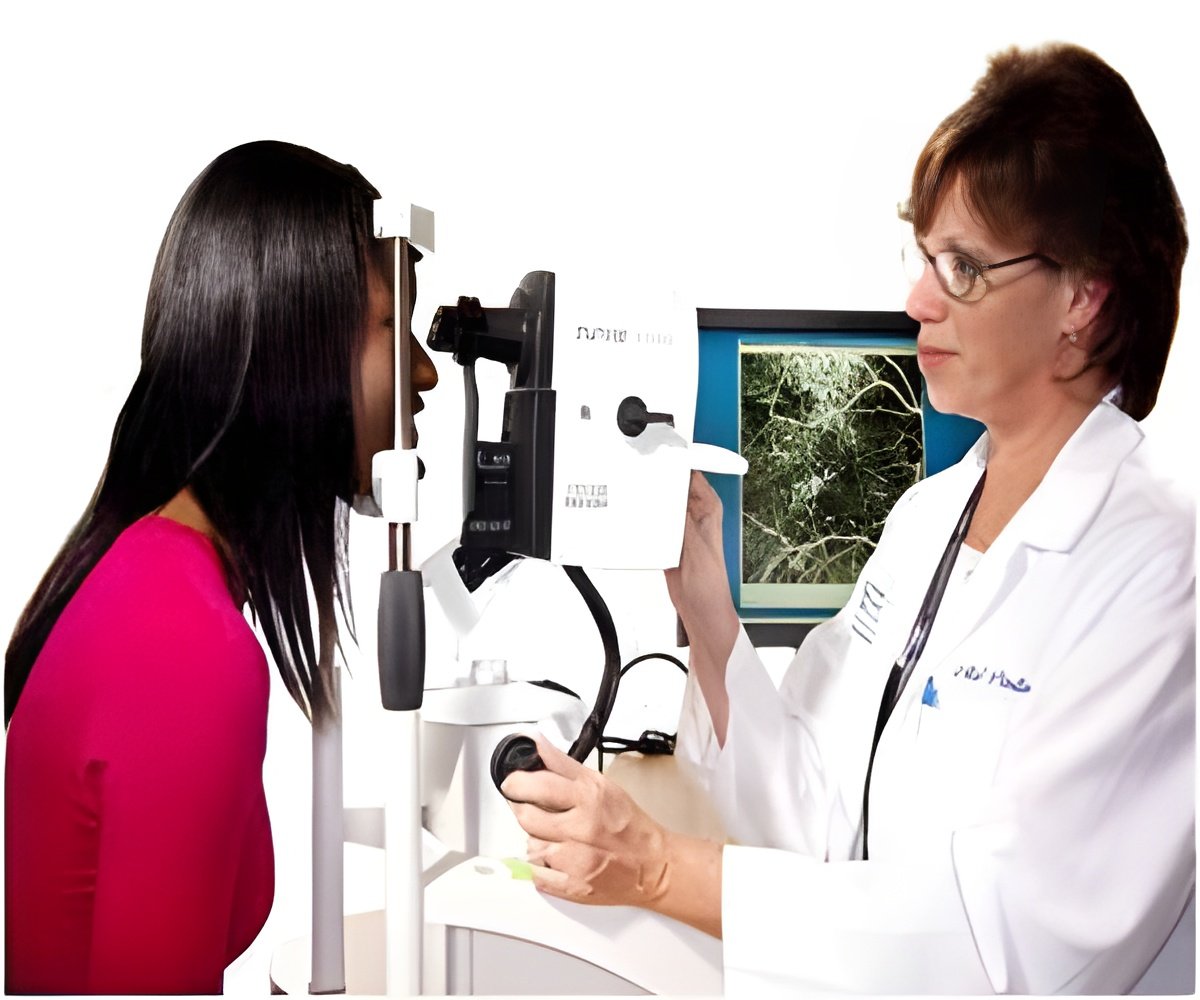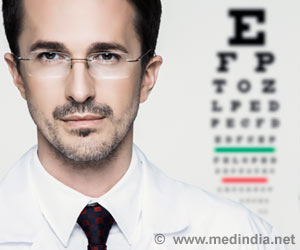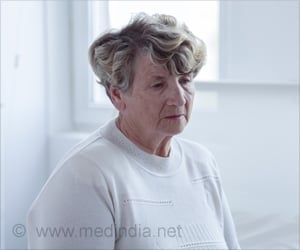Less than half of persons over 50 worldwide have obtained the glasses or contact lenses required to correct refractive error. This has been reported to WHO.

The new study was carried out by the Vision Loss Expert Group, led by Professor Rupert Bourne, of Anglia Ruskin University (ARU) and Cambridge University Hospitals. Researchers analysed data from 169 different studies from across the world to calculate figures in several defined regions for treatment coverage of distance and near refractive error.
The research found that while adequate treatment coverage of distance refractive error – conditions such as myopia, astigmatism, or moderate to severe hyperopia – had increased by 19% since 2000, only 43% of all adults over the age of 50 are receiving simple treatments for these conditions, with the number at 21% coverage for those with problems of nearsight, known as presbyopia.
Treatment coverage for distance refractive error varied worldwide, from 79% in the defined ‘high income’ region, including countries such as the United States, to just 5.7% in Sub-Saharan Africa.
The study also highlighted a gender gap in all defined regions of the world, with lower levels of coverage in women.
The WHO aims to increase the treatment coverage for distance refractive error by 40 percentage points by 2030, and Professor Bourne will present the evidence from the study at the United Nations (UN) Headquarters in New York City on Wednesday (12 October) during the launch of the first WHO Report of the 2030 targets of effective coverage of eye care.
“This has been recognised by the United Nations and our research has been able to inform targets for the WHO to improve treatment outcomes across the world.
“It is clear that if we are to meet these WHO targets, the quality and quantity of refractive services across the world must be improved.”
The research was funded by the WHO, Sightsavers, The Fred Hollows Foundation, Fondation Thea, Brien Holden Vision Institute and Lions Clubs International Foundation.
Source-Eurekalert
 MEDINDIA
MEDINDIA



 Email
Email








